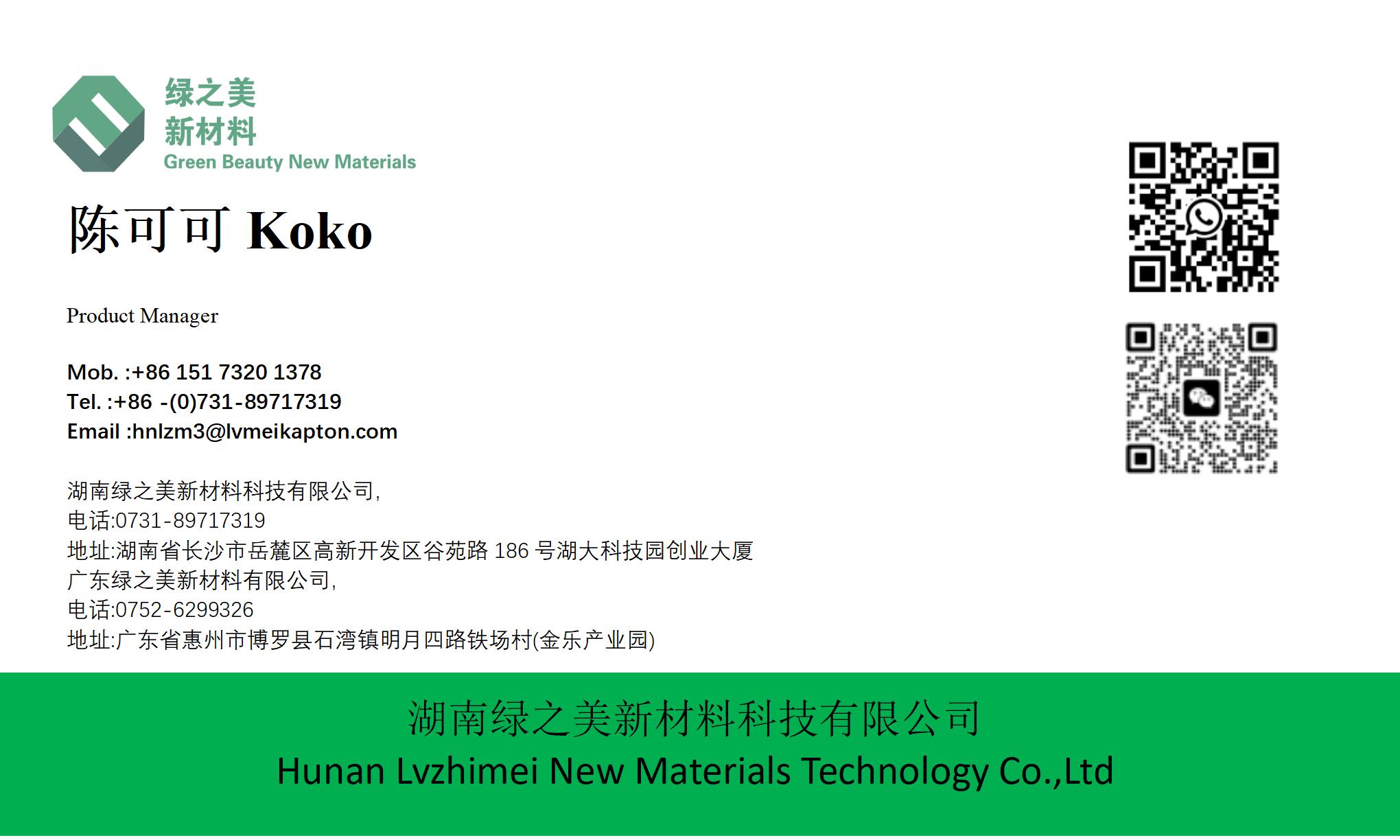



Which PI Tape Offers the Highest Dielectric Strength for Gold Finger Electronics | https://www.lvmeikapton.com/
Which PI Tape Offers the Highest Dielectric Strength for Gold Finger Electronics | https://www.lvmeikapton.com/
When it comes to selecting the right PI tape for gold finger electronics, one of the most critical considerations is the tape's dielectric strength. Different types of polyimide tape, commonly known as Kapton tape, offer varying levels of dielectric strength, making it essential to choose the most suitable option for the specific application.
Understanding Dielectric Strength
Dielectric strength is a measure of a material's ability to withstand high voltages without breaking down. It is typically expressed in volts per mil (V/mil) and is a crucial property for electrical insulation materials. In the context of gold finger electronics, PI tape must provide reliable insulation to prevent electrical shorts and ensure the longevity and performance of the components.
Types of PI Tape
PI tape is available in various grades and thicknesses, each with its own set of properties. The most common types include:
1.
Standard PI Tape: This type of tape offers good general-purpose performance and is suitable for a wide range of applications. It typically has a dielectric strength of around 5,000 to 7,000 V/mil.
2.
High-Density PI Tape: Designed for applications requiring higher dielectric strength, this tape is thicker and can withstand voltages up to 10,000 V/mil or more.
3.
Modified PI Tape: Some manufacturers produce PI tape with enhanced properties, such as improved thermal resistance or chemical resistance, which can also affect dielectric strength.
Factors Affecting Dielectric Strength
1.
Thickness: As mentioned earlier, thickness plays a significant role in determining dielectric strength. The following table illustrates the typical dielectric strength of PI tape at different thicknesses:
Thickness (mils) | Dielectric Strength (V/mil) |
1 | 5,000 |
2 | 7,500 |
3 | 10,000 |
4 | 12,500 |
2.
Material Quality: High-quality PI tape from reputable manufacturers is less likely to contain impurities or defects that can compromise dielectric strength. It is essential to source tape from trusted suppliers who adhere to strict quality control standards.
3.
Environmental Conditions: Temperature, humidity, and exposure to chemicals can all affect the dielectric strength of PI tape. It is important to consider the operating environment of the gold finger electronics when selecting the appropriate tape.
Selecting the Optimal PI Tape
When choosing PI tape for gold finger electronics, the following steps can help ensure the selection of the highest dielectric strength:
1.
Application Requirements: Identify the specific requirements of the application, including the voltage levels, operating temperatures, and environmental conditions.
2.
Tape Specifications: Review the specifications of different PI tape options, focusing on dielectric strength, thickness, and other relevant properties.
3.
Manufacturer Recommendations: Consult with the tape manufacturer or supplier to obtain recommendations based on the application requirements.
4.
Testing and Validation: Conduct tests to verify the performance of the selected PI tape under actual operating conditions. This may include dielectric breakdown testing, thermal stability testing, and chemical resistance testing.
Case Studies
1.
High-Voltage Applications: In a high-voltage application where the gold finger electronics are subjected to voltages exceeding 8,000 V, a 3-mil high-density PI tape was selected. Testing showed that this tape provided consistent performance and reliability, meeting the application's stringent requirements.
2.
Harsh Environments: For electronics operating in a corrosive environment, a modified PI tape with enhanced chemical resistance was chosen. Despite the challenging conditions, the tape maintained its dielectric strength and protected the gold fingers effectively.
Conclusion
Selecting the PI tape with the highest dielectric strength for gold finger electronics requires a thorough understanding of the application requirements, tape properties, and environmental factors. By carefully considering these elements and following a structured selection process, engineers and designers can ensure the optimal performance and longevity of their electronic components.
References
1.
"Polyimide Tape for Electrical Insulation," DuPont, http://www.dupont.com.
2.
"Dielectric Strength of Kapton Tape," 3M, http://www.3m.com.
3.
"Selecting the Right PI Tape for High-Voltage Applications," Electronics Weekly, http://www.electronicsweekly.com.
Appendices
1.
Glossary of Terms
●
Dielectric Strength: The maximum electric field that a material can withstand without breaking down.
●
PI Tape: Polyimide tape, commonly known as Kapton tape.
●
Gold Finger: A portion of a printed circuit board designed for edge connections.
2.
Additional Resources
●
Technical Data Sheets: Visit https://www.lvmeikapton.com for detailed technical information on PI tape.
●
Industry Standards: Refer to IEEE and ASTM standards for guidelines on electrical insulation materials.
This comprehensive guide provides detailed insights into selecting the PI tape with the highest dielectric strength for gold finger electronics, covering key considerations, factors affecting dielectric strength, and practical steps for optimal selection.





